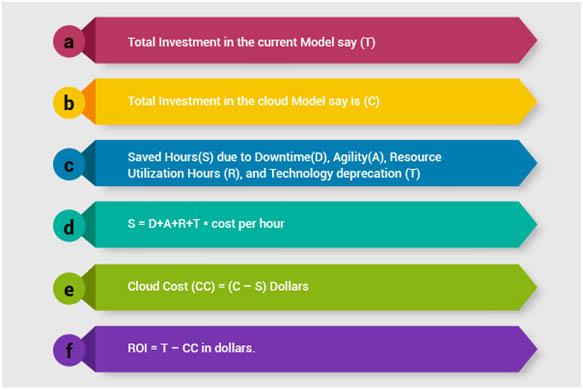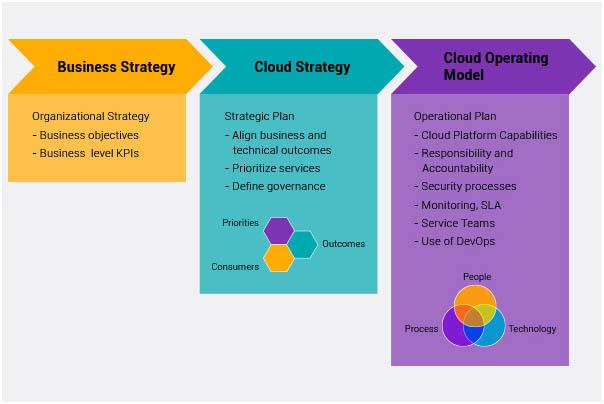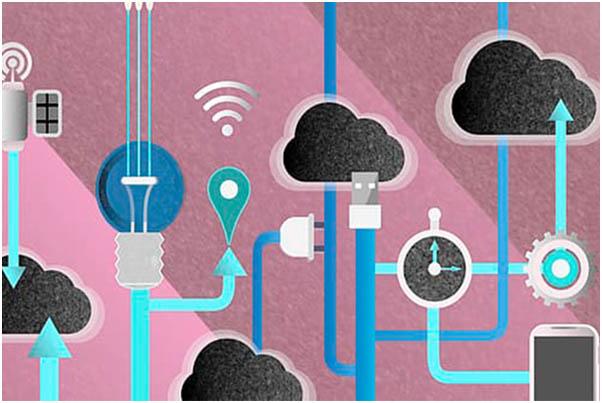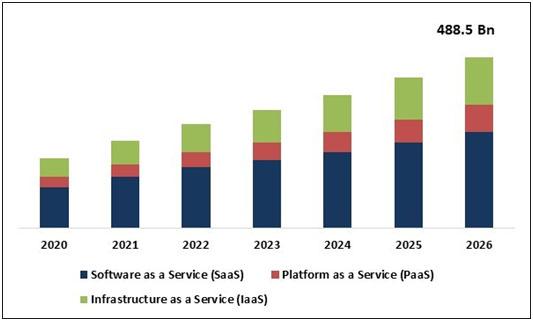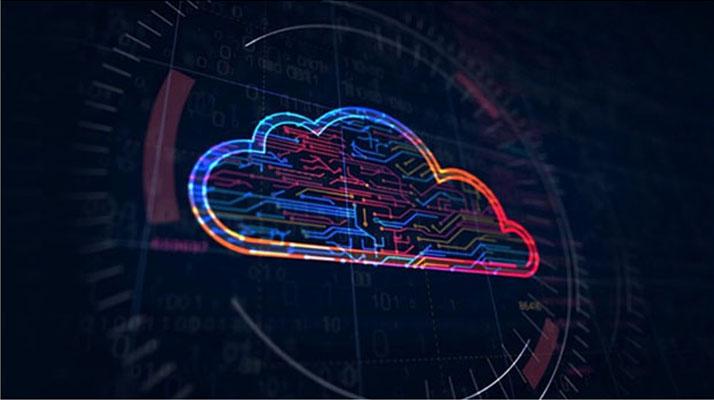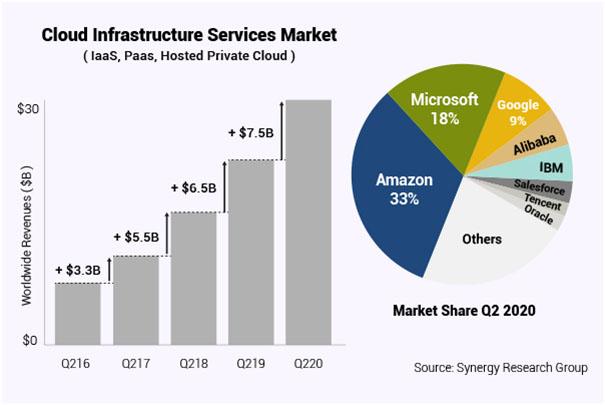Introduction to Cloud Based Endpoint Security
Cloud based endpoint security services is revolutionizing the way organizations protect their digital assets. As cyber threats continue to evolve, traditional security measures often fall short. Cloud-based solutions offer a robust and scalable way to safeguard endpoints across various devices and networks.
The Importance of Endpoint Security Services
Endpoint security services are crucial in today’s digital landscape. These services ensure that every device connected to your network is protected against potential threats. By utilizing cloud-based endpoint security, businesses can monitor, detect, and respond to cyber threats in real time. This proactive approach minimizes risks and enhances overall security.
Benefits of Cloud Based Endpoint Security
Scalability and Flexibility: One of the primary advantages of cloud-based endpoint security is its scalability. Businesses can easily scale their security measures to match their growth without significant investments in hardware. This flexibility allows for quick adaptation to new threats and changing business needs.
Enhanced Threat Detection: Cloud-based solutions leverage advanced technologies like artificial intelligence and machine learning. These technologies enable more accurate and faster threat detection. As a result, businesses can respond to threats before they cause significant damage.
Simplified Management: Managing endpoint security can be complex, especially for large organizations. Cloud-based security solutions simplify this process by offering centralized management. This centralization ensures that all devices are consistently protected and makes it easier to enforce security policies.
Key Features of Effective Endpoint Security Services
Real-Time Monitoring and Alerts: Effective endpoint security services provide real-time monitoring and instant alerts. This feature allows security teams to stay ahead of potential threats. By receiving immediate notifications, they can take swift action to mitigate risks.
Automated Updates: Automated updates are essential for maintaining robust security. Cloud-based solutions ensure that all devices are running the latest security patches and updates. This automation reduces the risk of vulnerabilities being exploited by cybercriminals.
Comprehensive Reporting: Comprehensive reporting is a critical component of endpoint security. Detailed reports help businesses understand their security posture and identify areas for improvement. Cloud-based solutions offer in-depth analytics and reporting features that provide valuable insights.
Implementing Cloud Based Endpoint Security Services
Choosing the Right Provider: Selecting the right cloud-based endpoint security provider is crucial. Look for providers with a strong track record and positive customer reviews. Consider their expertise, range of services, and ability to meet your specific security needs.
Integration with Existing Systems: Ensure that the chosen security solution can integrate seamlessly with your existing systems. This integration is vital for maintaining operational efficiency and avoiding disruptions.
Employee Training and Awareness: Employee training and awareness are essential for the success of any security strategy. Regular training sessions help employees recognize potential threats and understand their role in maintaining security. Encourage a culture of security awareness within your organization.
Conclusion
Maximizing security with cloud based endpoint security services is essential in today’s threat landscape. By leveraging advanced technologies and scalable solutions, businesses can enhance their security posture and protect their digital assets. Endpoint security services from providers like CMS IT Services offer comprehensive protection, ensuring peace of mind and robust security. Embrace cloud-based endpoint security to stay ahead of cyber threats and safeguard your organization’s future.



